PEOPLE
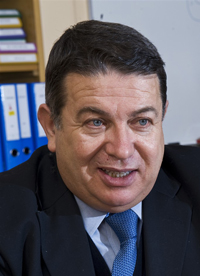
THE GLOBAL EFFORT TO STUDY ARTIFICIAL NEUTRINOS RESTARTS IN THE USA
Interview with Sergio Bertolucci, from 2008 to 2015 director of research at CERN, today INFN coordinator of DUNE (Deep Underground Neutrino Experiment)
Following the closure of the SLAC (Stanford Linear Accelerator) PEP-II and Chicago Fermilab (Fermi National Accelerator Laboratory) Tevatron accelerators - resulting in the confluence of many American physicists towards the LHC accelerator at CERN - the US has redefined its particle physics research strategy. The research programme, scheduled until 2024, is included in the P5 (Particle Physics Project Prioritization Panel) Report and envisages the assignment of high priority to neutrino physics and re-launch of the Fermilab in Chicago, home of the most intense neutrino beam in the world. With the Sanford Underground Research Facility, in South Dakota, Fermilab is one of the two infrastructures on which the LNBF (Long Baseline Neutrino Facility)/DUNE project is based and whose overall character is well represented by the number of countries, 27, involved in its design. The giant underground LNBF laboratory will be built to house DUNE, the world's largest experiment with international governance to study the properties of neutrinos. Presented for the first time in January 2014 to the Fermilab Committee by the then director of research at CERN, Sergio Bertolucci, LNBF/DUNE envisages laying the foundation stone by 2017 and the start of experimentation in 2024. In 2015 Italy, represented by INFN, through the Ministry of Education, Universities and Research, signed a technical cooperation agreement with the DOE for research at Fermilab. Bertolucci is currently coordinating the Italian physicists, belonging to INFN, engaged with DUNE in neutrino research.
What is the basis for this ambitious global neutrino programme?
The main point of contact between the American P5 Report and the global strategy for particle physics is the recognition that particle physics is currently the most globalised field of science in existence. ...
NEWS
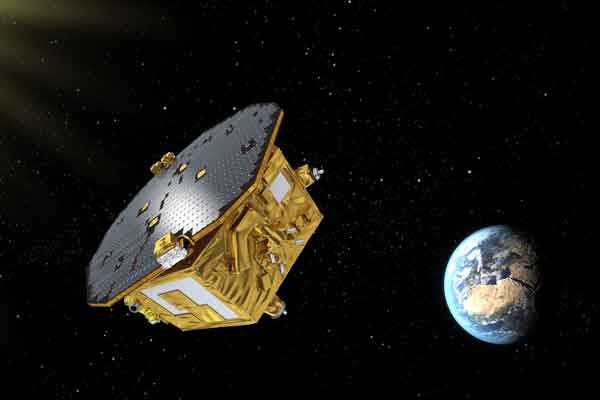
SPACE
LISA PATHFINDER SHOWS THE WAY
In orbit since January 2016, 1.5 million kilometres from Earth in the direction of the Sun, the LISA Pathfinder mission in just a few months has achieved its goal, demonstrating with an accuracy ...
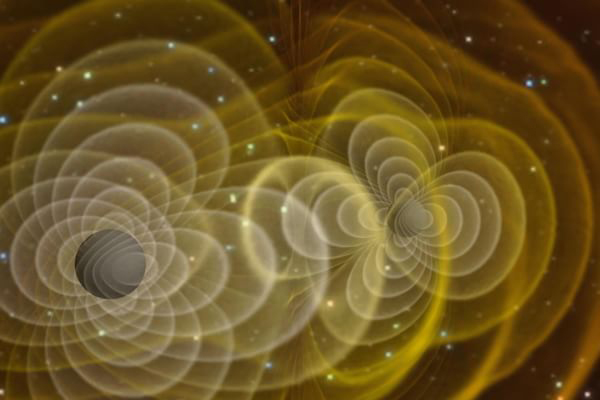
RESEARCH
GRAVITATIONAL WAVES DETECTED FOR THE SECOND TIME
Observation of a second gravitational wave event was announced during a joint press conference by the scientists of the LIGO and VIRGO scientific collaborations, in which INFN is taking part. ...
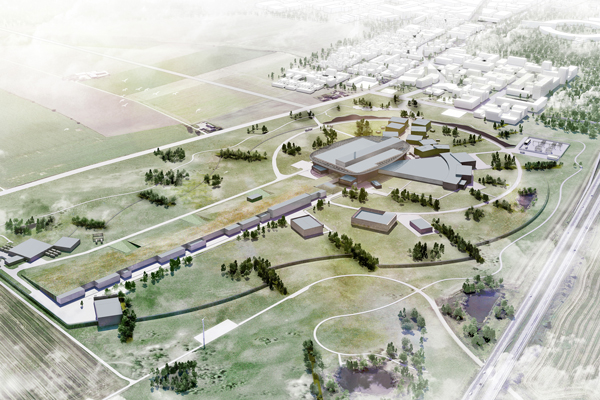
INTERNATIONAL COLLABORATION
FROM THE SOUTHERN NATIONAL LABORATORIES THE FIRST PLASMA FOR ESS
The first plasma in the proton source for the European Spallation Source (ESS), which is under construction in Lund, Sweden, has been produced. ...
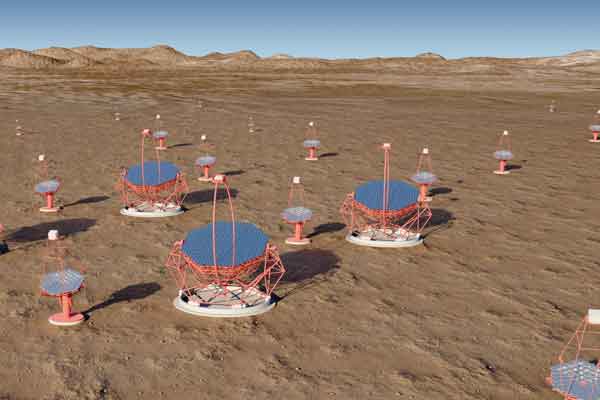
INFRASTRUCTURES
ITALY, WITH BOLOGNA, AWARDED THE HEADQUARTERS OF CTA
Bologna has been chosen as the headquarters of the Cherenkov Telescope Array Observatory (CTA Observatory), and Berlin as the headquarters of the Science Data Management Centre (SDMC) ...
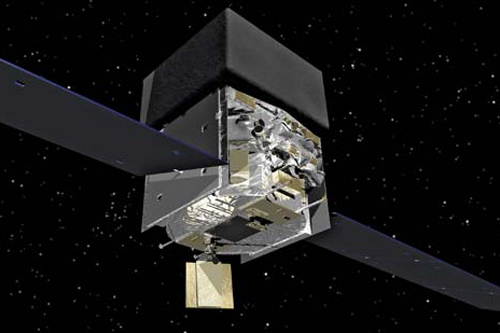
SPACE
FERMI WILL CONTINUE TO OBSERVE THE SKY UNTIL 2018
The Fermi gamma ray space observatory, in orbit since 2008 and built and led by a large international collaboration in which Italy is participating with the Italian Space Agency (ASI), ...
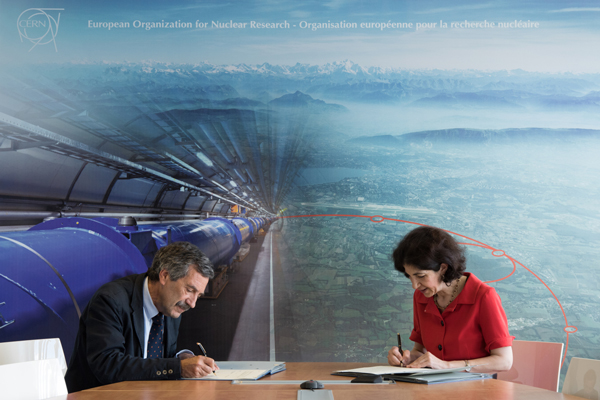
INNOVATION
CERN-INFN AGREEMENT FOR A NETWORK OF BUSINESS INCUBATION CENTRES (BICs)
CERN and INFN have signed an agreement for the development of an Italian network of Business Incubation Centres (BIC), coordinated by INFN, which will have the objective of creating ...
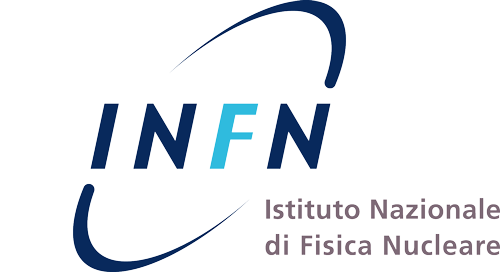

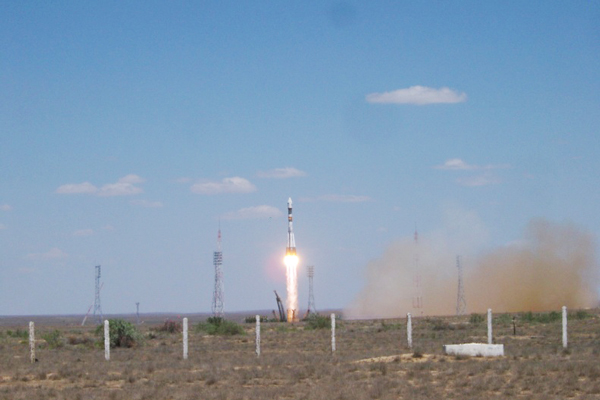 PAMELA: COSMIC RAYS OBSERVED FROM SPACE
PAMELA: COSMIC RAYS OBSERVED FROM SPACE